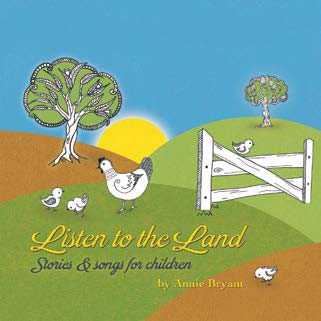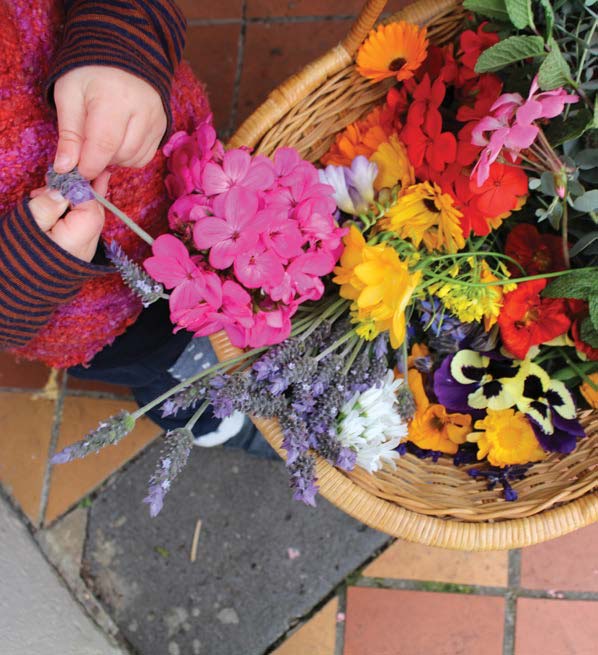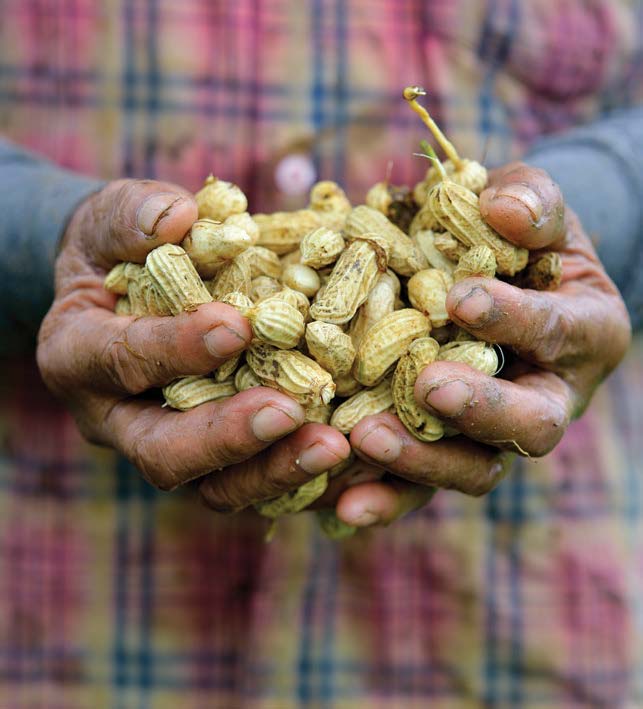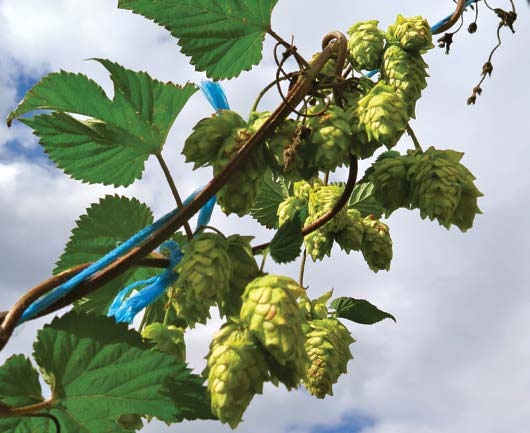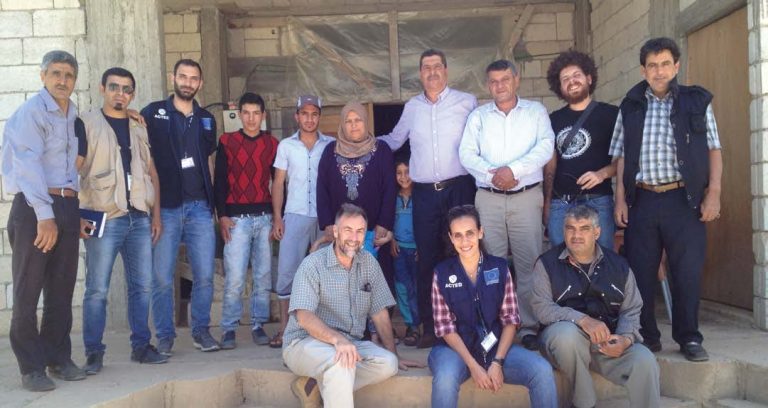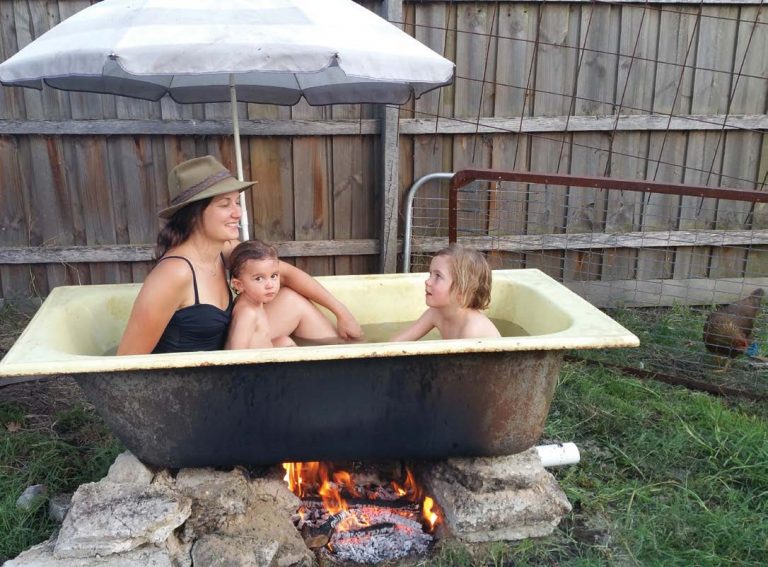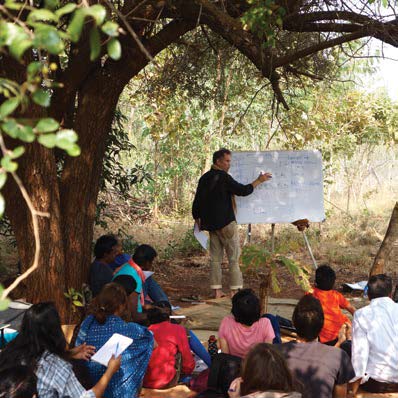Permaculture Animal: Silver Perch (Bidyanus Bidyanus)

Silver perch are useful, hardy native fish suitable for farm dams, aquaponics and other aquaculture systems. They are easy to feed and as they’re native to a wide swath of the Murray-Darling river system, they’re adaptable to a range of conditions.
Description
As the name suggests, silver perch have a silvery grey appearance. They are darker on top and lighter on the belly with spiky dorsal fins along the back. They can grow up to 50 cm and 6 kg, but are unlikely to reach these sizes in farm dams.
Functions In A Permaculture System
Silver perch are good eating fish. They have a very high level of omega-3s, making them a particularly useful addition to a permaculture diet. They are generally eaten when under a kilogram.
They may be useful in keeping some problem species, such as mosquitos and filamentous algae, at bay.
They can be stocked with other species such as yellow perch to create a more diverse polyculture. Austral

